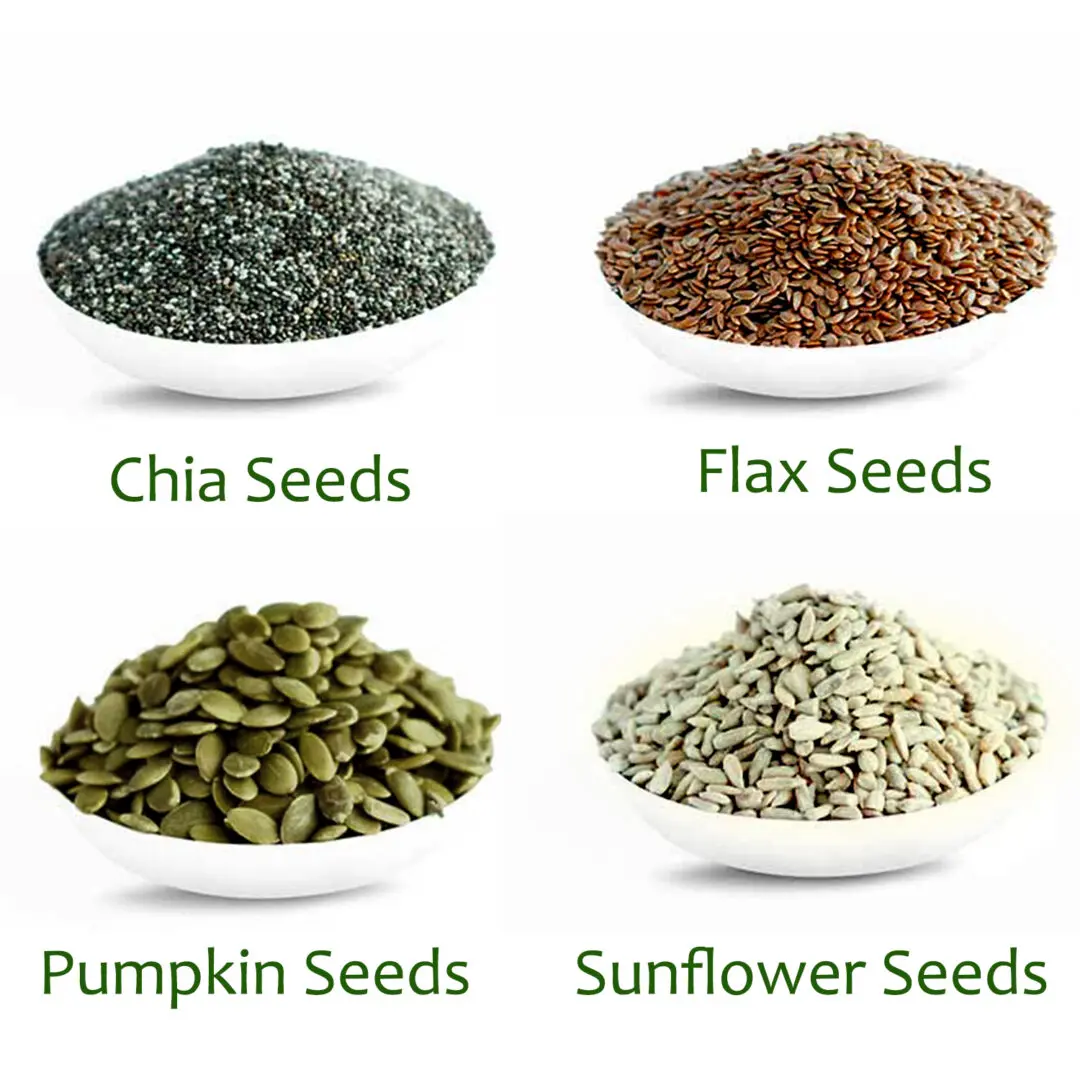About 2019 Novel Coronavirus (2019-nCoV) Transmission
There are indications that person-to-person spread is occurring, most likely between close contacts (as in the case of SARS). It is not clear yet how easily 2019-nCoV spreads from person-to-person. It is important to know this in order to better understand the risk associated with this virus. Officials are working to understand implications of possible transmission from infected but asymptomatic persons.
Symptoms
The symptoms are the same as the regular cold symptoms. Symptoms can include:
- Fever
- Cough
- Shortness of breath
- Sore throat
- Headache
- Chills
- Pneumonia
- General feeling of unwell
CDC believes at this time that symptoms of 2019-nCoV may appear in as few as 2 days or as long as 14 days after exposure
Prevention
There is currently no vaccine to prevent 2019-nCoV infection. The best way to prevent infection is to avoid being exposed to this virus. Currently there are no additional precautions recommended for the public to take. However, as a reminder, CDC recommends everyday preventive actions to help prevent the spread of respiratory viruses, including:
- Wash your hands often with soap and water for at least 20 seconds. If soap and water are not available, use an alcohol-based hand sanitizer.
- Avoid touching your eyes, nose, and mouth with unwashed hands.
- Avoid close contact with people who are sick.
- PLEASE Stay home when you are sick.
- Cover your cough or sneeze with a tissue, then throw the tissue in the trash.
- Clean and disinfect frequently touched objects and surfaces.
- Get a flu vaccine. These are every day habits that can help prevent the spread of several viruses.
You can boost your immune system to reduce your chances of getting the virus:
- Increase Vitamin C
- Vitamin B complex
- Green Leafy Vegetables
- Rest- Your body heals itself with rest
- Reduce stress
- Exercise
- Plant base multivitamin
Information taken from Centers for Disease Control and Prevention (www.cdc.gov) and American College Health Association (www.acha.org).










